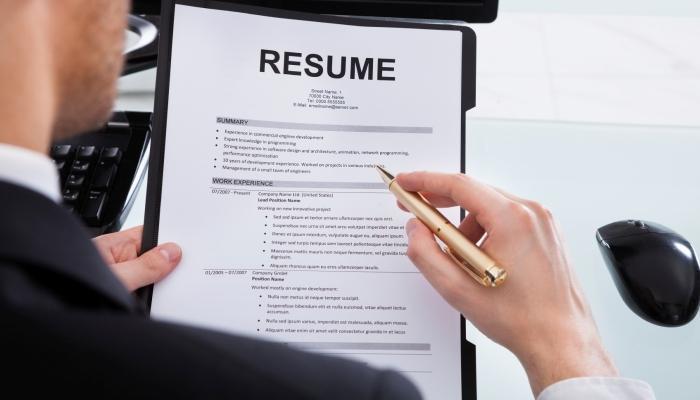We live in the internet age, and it’s not surprising that email is the most popular of all on-line activities. Surfing for jobs has become one of the easiest ways to scout for a new employer, and emailing a resume follows suit naturally. But, there are some things to keep in mind when using email to communicate with a prospective employer. Have a competent resume prepared. This may sound redundant, but you should be able to provide a hard copy resume if asked, an email is not a substitute for your resume, but a vehicle in which to deliver it to potential employers. Take a good look at what your email address says about you. Are you playah8r@myhood.com? Think about getting a new address that makes a better first impression on an employer, your fist initial and last name is always a safe bet. Sites like Outlook, Yahoo.com, or Gmail.com allow you to sign up for a free account that could make all the difference. Make it personal.
Direct your email to the correct person and address them by name in the body (just like you would in a real letter). Give your email a subject that pertains to this particular company. Customize the content of your email to the specific employer you’re reaching out to so that they know you’re not just spamming every potential position in the state. Treat the body of your email as a cover letter, keep it concise, to the point, and free of any unnecessary information or images. Remember your purpose, you want to make a good impression and efficiently convey your skills to a potential employer. Take your time putting a well-written message together, after you hit the send button you won’t have another chance. Be sure to use proper spelling, grammar, punctuation, and syntax for the occasion. Use your spellchecker, don’t have one? try Dictionary.com. DO NOT use slang, all capital letters (cyber yelling), smileys, or “text speech.” FYI it is very inappropriate 2 uz lols + abbrvts, YOU FEEL ME, DAWG :)? Use a signature.
This typically includes your name, title, contact information, and URL (think samples of work, NOT personal photos). Keep it down to 4-6 lines of relevant information. This is in addition to your salutation and the “signing” of your name at the end of the body. Copy and paste the basics (contact info, relevant past experience, qualifications…) of your resume below your signature. Beware of complicated formatting or “stationary” as different computers or software may read your beautiful formatting as gobbledygook. Same goes for rich text or HTML formatting. Better to keep everything left justified and double-spaced in plain text. Attach a fully formatted, complete version (include background info, references, schooling…). Be sure to mention this attachment in the body of the email and also to keep the file size down (under 50k) to prevent clogging inboxes and bouncing messages.
READ YOUR EMAIL BEFORE YOU SEND IT! Look for typos that spell-check didn’t catch. Then read it through the eyes of a potential employer to avoid possible misunderstandings or inappropriate comments. Avoid using high-priority options, delivery responses, and read receipts. You’ll know if they read it when they respond positively to your application, if there’s no response you may follow-up with a phone call to double check, but demanding attention will likely just annoy your reader. Respond as soon as possible when someone does get back to you. Keep the above-mentioned items in mind and be sure to include the employer’s original message in your response (in case they need a reminder of what they said).























